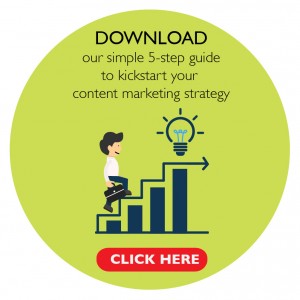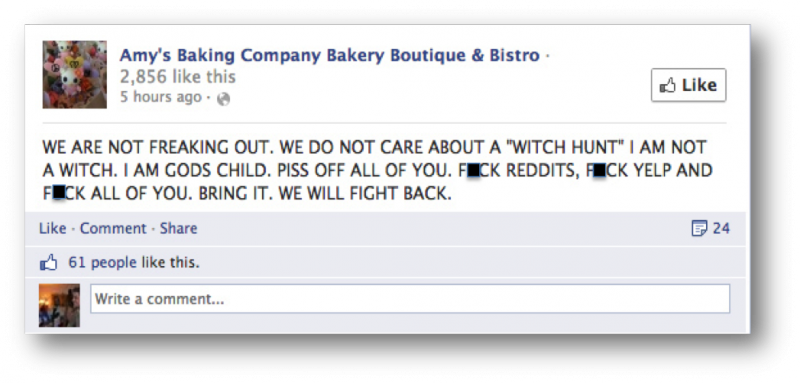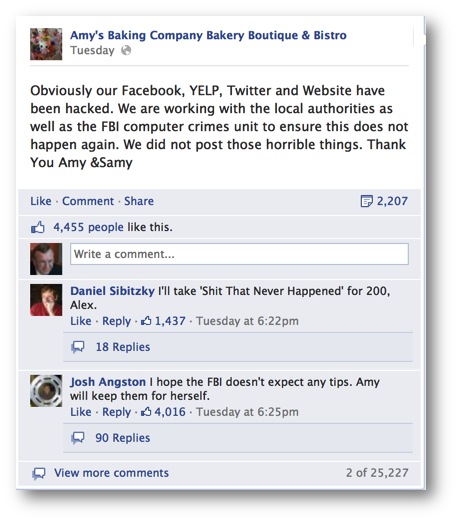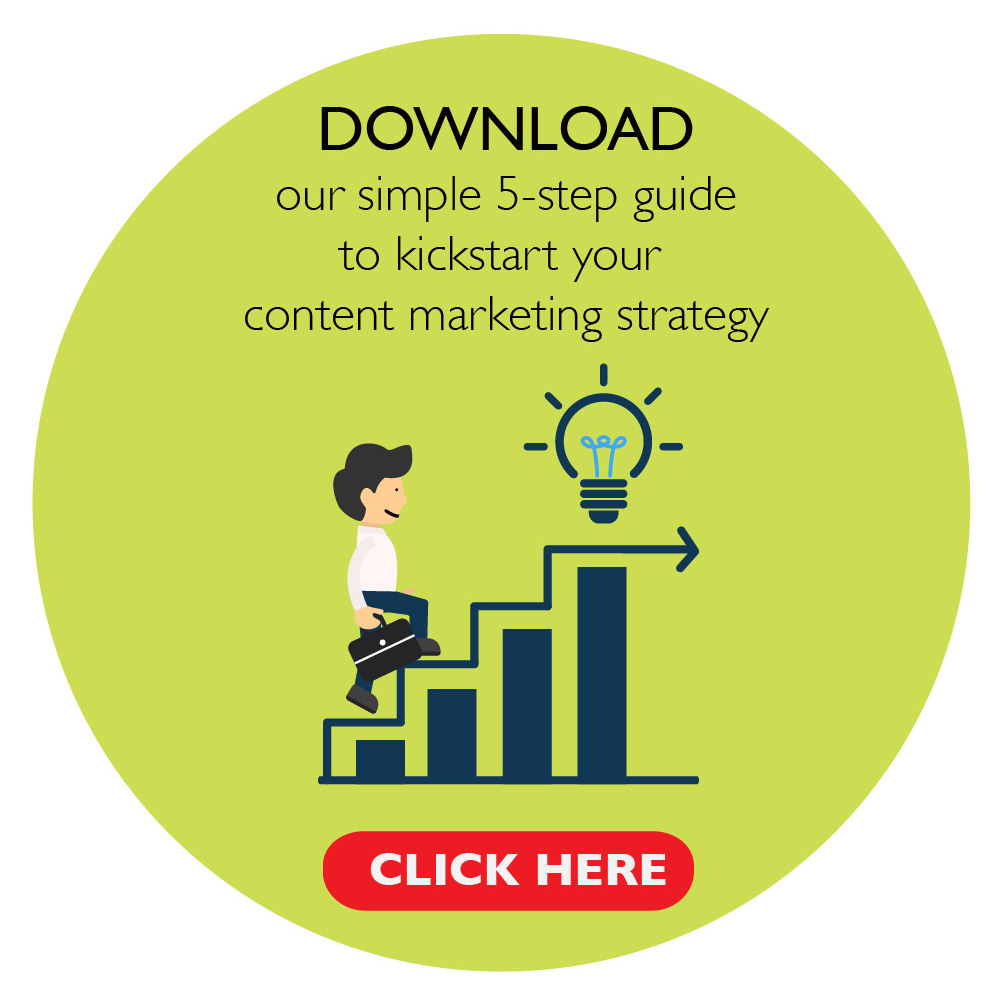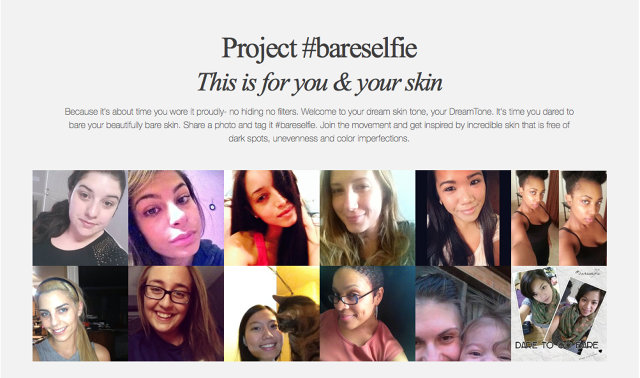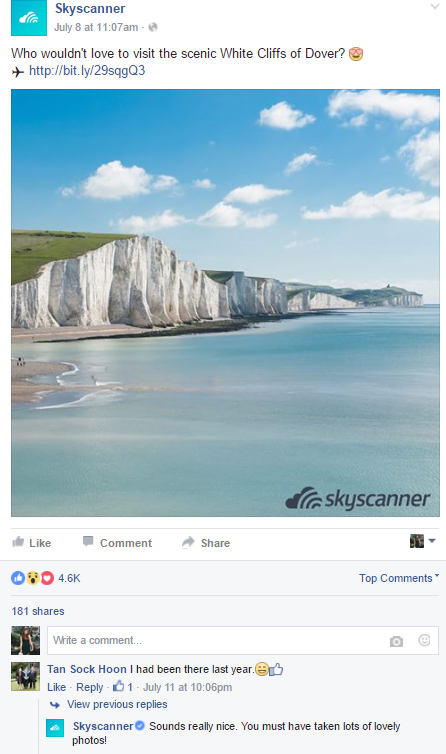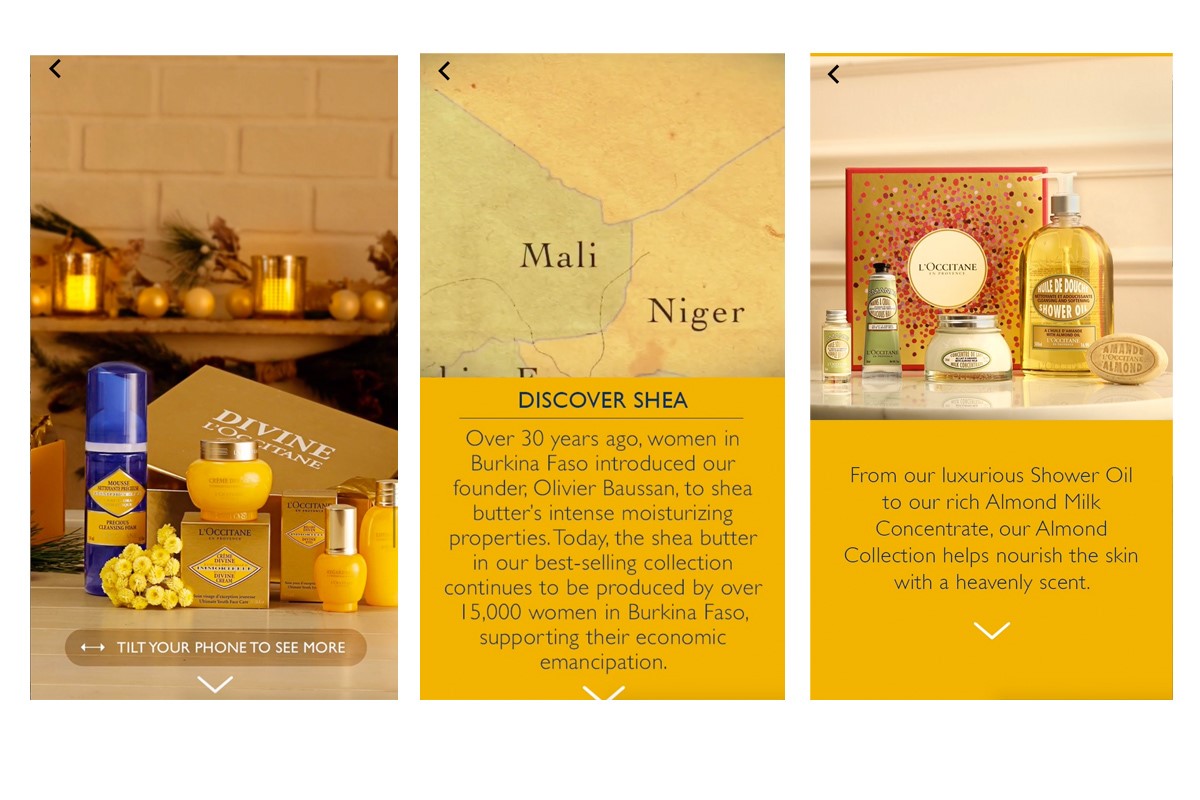Over time you will have accumulated a large library of content. You may have already published it across your website, social media pages or even shared it with the media, but writing and publishing is only two-thirds of the job done. Next, you need to check how effective the content has been and whether it’s performing the way you’d hoped it would through a content audit process.
Content auditing has proven it’s value repeatedly, but many marketers continue to overlook this critical stage. Companies should regularly practice content auditing to ensure that everything they publish is aligned with their overall direction and goals, and that they are getting value for money from their content.
There is no set rule on how often you should assess your content, but I would suggest that you perform an audit when you notice changes in your business. It could be that your site traffic has slowed down, or your blogs aren’t as share-worthy as you’d hoped they would be. After all, time is money and when you don’t see a healthy return from your content, it’s time to audit.
What are the key benefits?
- Be able to determine the relevance and value of your content to the business and customers
- Businesses can study and understand the traffic generated from each piece
- It provides a concrete basis for new marketing strategies
- Makes your content library more organised and easier to utilise
What to look for during your audit?
- Social: Your content’s social media popularity is one metric to review. The more social shares and interactions there are, the more it means you have effectively grab the interest of your audience.
- Traffic: The effectiveness of your material can be measured by the number of visitors your page attracts each month. It helps assess the month-to-month growth driven by your content strategy.
- Conversion Rate: Find out who’s clicking through to a landing page after reading your content. This helps determine the relevance and whether readers are interested in more information.
Use your new findings to help you create more relevant and tailored content strategies for your audience. When writing content, always think about your reader. What do they need, and how you can help them solve this problem.
Need help with your content? Drop a message to [email protected]

